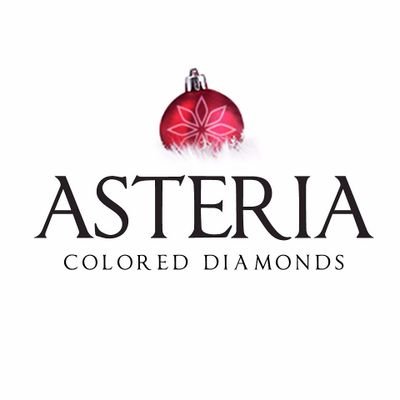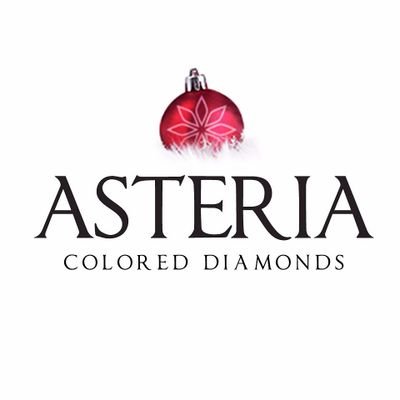Imagine there was an event that brought together some of the top diamond experts and jewelers in the world in a space that is completely devoted to the beauty of jewellery in its many forms. Stop imagining, there actually is. It’s called the International Jewellery London show and recently, Asteria Colored Diamonds was proud to be a part of this globally recognised gathering and jewellery show.
Staged this year at the Olympia in London, the IJL (as it is more commonly known) is an annual event that has been staged for over 60 years (the first show was held in 1955 at the Royal Albert Hall) and several generations of exhibitors and visitors have been part of IJL for decades, coming back each and every year to be inspired, marvel at the jewellery and the craftsmanship behind it, meet the industry ‘ people’, and much more.
IJL may be over for this year but if you were to go next year, with an eye towards making a diamond purchase as well as admiring everything on offer just what should you be looking for? How do you best go about doing so at a jewellery show? While they are many things to consider – and amateur buyers should always seek expert advice where they can from jewellery show exhibitors for themselves – here are just a few pointers to keep in mind:
Remember to Evaluate All of the 4Cs
Various very important characteristics of diamonds are graded and categorized by the diamond industry in a standardized way. To learn about diamonds in general, you first need to learn about the “four C’s” of diamonds — those four characteristics which are considered the most important in determining a diamond’s value.
These are the criteria jewelers use when grading diamonds, and they’re the ones you’ll need to understand to buy the right diamond for you at any jewellery show (or in general)
Cut
In the diamond industry, we use the term “cut” in two rather different ways. We use it in the first instance to describe the shape of a diamond – an “emerald cut” diamond for example and then the term is also used to describe the reflective qualities of a diamond.
GOT NEWS? click here
Google News, Bing News, Yahoo News, 200+ publications
This second usage (the reflective qualities) is the one that is graded is given a score on diamond certificates.
Clarity
Very few diamonds – especially colored diamonds – can be said to be completely flawless. So they are graded according to the number and type of flaws that they do contain. Grades range from Flawless – those rare diamonds which are completely free of blemishes and inclusions to Included 3, which are diamonds that demonstrate significant blemishes that are visible to the naked eye. Obviously, the ‘higher’ on the scale a diamond scores the more expensive it is likely to be.
Color
When jewelers speak of a diamond’s color, they are usually referring to the presence or absence of color in white diamonds. Fancy colored diamonds, the kind that Asteria Diamonds specialise in and showed at the Jewellery Show, are exempt from this ‘rule’ however because it is their color that makes them valuable and desirable.
Carat weight
A carat is the unit of weight by which a diamond is measured. Because large diamonds are less common than small diamonds, the price of a diamond rises exponentially to its size.
There is a Fifth C to Keep in Mind
Even after you have evaluated the 4Cs of a diamond at a jewellery show like IJL there is a fifth C to keep in mind. That fifth C stands for Certificate and every high-quality diamond has one. It is a complete evaluation of the diamond that has been performed by a qualified professional. Each stone bears its own recognizable, individual characteristics, which are listed on the certificate. It’s like a report of sorts and something that, if you are buying a diamond at a jewellery show you should always ask to see.








